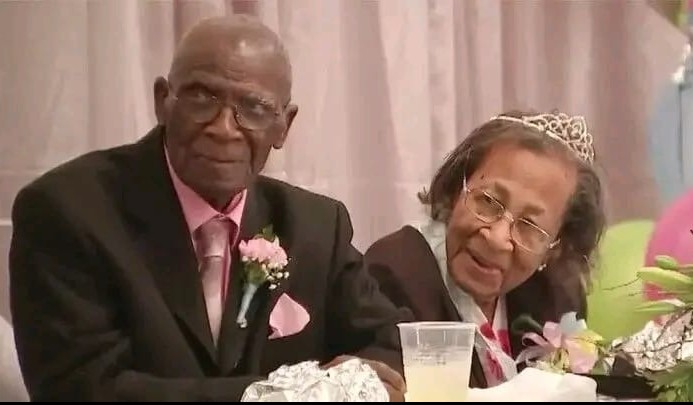Inside the High-Stakes World of Live TV: Shocking News Anchor Exits That Changed Careers Forever
Live television’s biggest risk is its lack of an editing process—once something airs, it’s permanent. Anchors must think quickly, delivering breaking news with accuracy. However, a small mistake can have huge consequences. For example, a seasoned anchor misreported critical details during a live international,
crisis. Despite an apology the damage was done. Trust was shattered, and the anchor’s career ended abruptly. This highlights how even experienced anchors are vulnerable to errors, and how swiftly a single mistake can alter everything in live TV.
Live television’s biggest risk is its lack of an editing process—once something airs, it’s permanent. Unlike pre-recorded segments that can be refined for accuracy and presentation, live broadcasts rely on the anchor’s ability to think quickly, communicate effectively, and deliver breaking news with precision. However, the absence of a safety net means that even the smallest mistake can have enormous consequences, often with lasting repercussions.
One of the greatest challenges for live television anchors is balancing speed with accuracy. Viewers expect up-to-the-minute updates, especially during unfolding events such as natural disasters, political upheavals, or international conflicts. The pressure to provide real-time information can sometimes lead to errors in reporting, and even a seemingly minor misstatement can result in widespread misinformation. Once inaccurate information is broadcast, it spreads rapidly through social media, news aggregators, and word of mouth, making it difficult to correct the narrative before damage is done.
A notable example of this occurred when a seasoned anchor misreported critical details during a live international crisis. In the rush to provide breaking news, the anchor erroneously stated that a high-ranking official had been killed in an attack. The report sent shockwaves through diplomatic circles and financial markets before official sources clarified that the individual was, in fact, alive. Despite issuing an immediate apology and correction, the damage had already been done. Public trust was shaken, and the anchor’s credibility took a severe hit, ultimately leading to the abrupt end of their career.
This incident underscores the immense responsibility carried by live television professionals. Even experienced anchors, with years of expertise and rigorous fact-checking protocols, remain vulnerable to errors. The repercussions of a single mistake can extend beyond the individual journalist to impact their network, the public, and, in some cases, international relations. When viewers lose trust in the accuracy of a news source, they may turn to alternative media outlets, further fragmenting the media landscape and complicating the public’s ability to discern reliable information.
To mitigate these risks, television networks implement strict guidelines and verification processes. Many stations have real-time fact-checking teams working behind the scenes, feeding information to anchors as they report. Additionally, some broadcasters utilize delay systems for highly sensitive coverage, allowing a brief window for intervention if a mistake occurs. Despite these precautions, the human element remains an unpredictable factor, proving that live television will always carry an inherent risk.
Ultimately, the high-stakes nature of live broadcasting is both its greatest strength and its biggest vulnerability. It allows for real-time engagement, immediacy, and raw authenticity that pre-recorded media cannot replicate. However, the margin for error is razor-thin, and a single misstep can have far-reaching consequences. The story of the fallen anchor serves as a cautionary tale, reminding journalists and audiences alike of the delicate balance between urgency and accuracy in the fast-paced world of live television.






